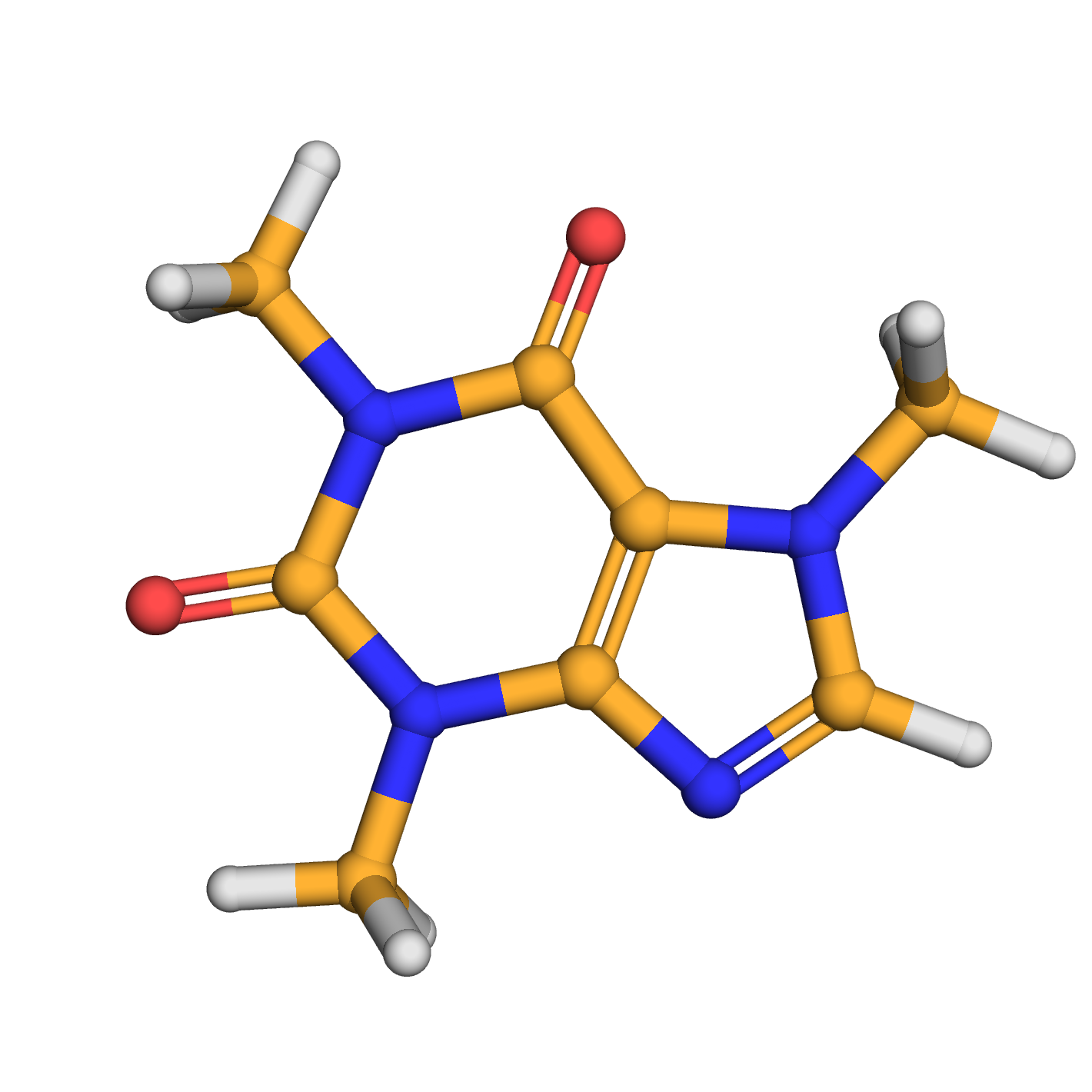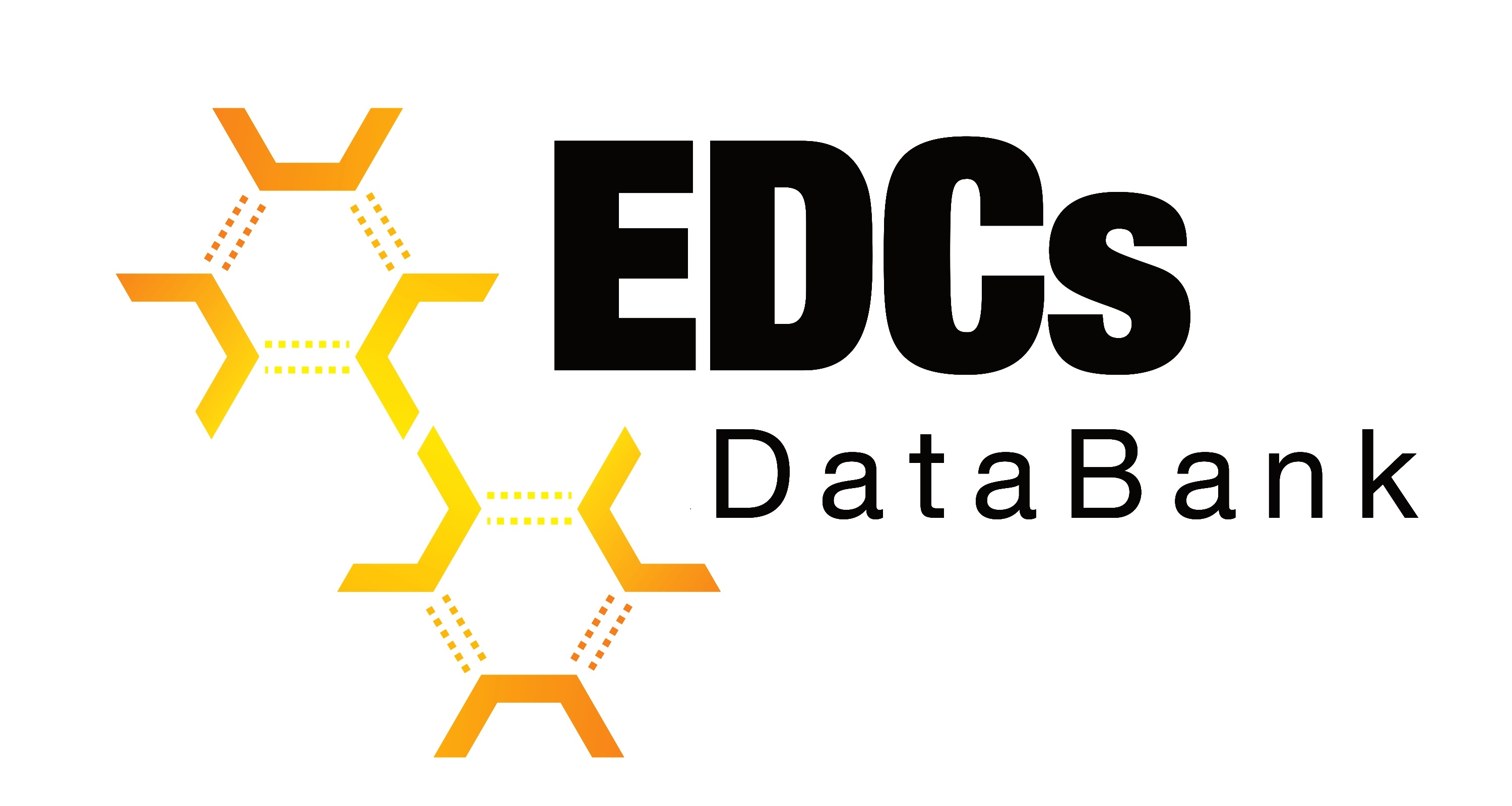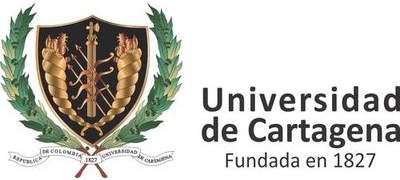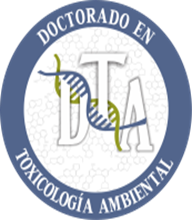caffeine
Synonyms: "guaranine", "thein", "methyltheobromine", "alert-pep", "caffein"
Source: caffeine is a drug that is naturally produced in the leaves and seeds of many plants, such as coffee and tea. It's also produced artificially and added to certain foods e.g. soft drinks.
Identifiers:
IUPAC Name: 1,3,7-trimethylpurine-2,6-dione
CAS Number: 58-08-2
PubChem ID: 2519
InChiKey: RYYVLZVUVIJVGH-UHFFFAOYSA-N
Canonical SMILES: CN1C=NC2=C1C(=O)N(C(=O)N2C)C
Structural Properties:
Molecular Formula: C8H10N4O2
Molecular Weight: 194.191
Pharmacophore Features:
Number of bond donors: 0
Number of bond acceptors: 3
Number of atoms different from hydrogen: 14
Downloads
2D structure (.sdf)
3D structure (.sdf)
3D structure (.mol2)
3D structure (.pdb)
3D structure (.pdbqt)
Search Similar molecules
Evidence Supporting This Chemical as an Endocrine Disruptor
TEDX List of Potential Endocrine Disruptors

Fort DJ, Stover EL, Propst TL, Faulkner BC, Vollmuth TA, Murray FJ. 1998. Evaluation of the developmental toxicity of caffeine and caffeine metabolites using the frog embryo teratogenesis assay--Xenopus (FETAX). Food & Chemical Toxicology 36(7):591-600.
Tanaka H, Nakazawa K, Arima M. 1987. Effects of maternal caffeine ingestion on the perinatal cerebrum. Biol Neonate 51(6):332-339.
Yun JW, Shin ES, Cho SY, Kim SH, Kim CW, Lee TR, Kim BH. 2008. The effects of BADGE and caffeine on the time-course response of adiponectin and lipid oxidative enzymes in high fat diet-fed C57BL/6J mice: correlation with reduced adiposity and steatosis. Exp Anim 57(5):461-469.
External Links



2D-structure
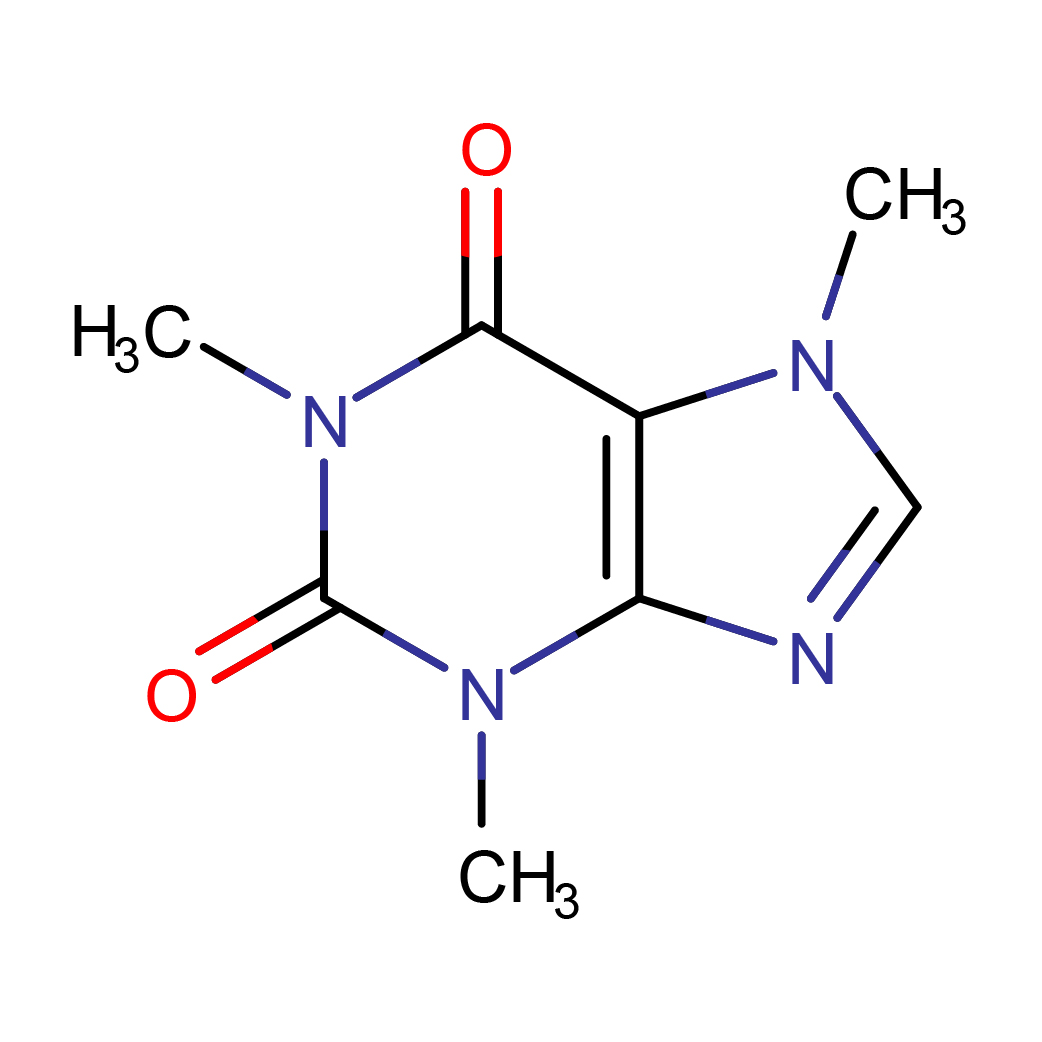
3D-structure
